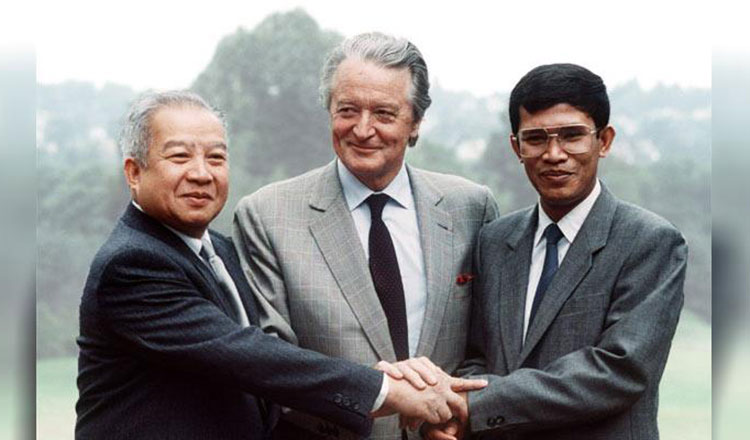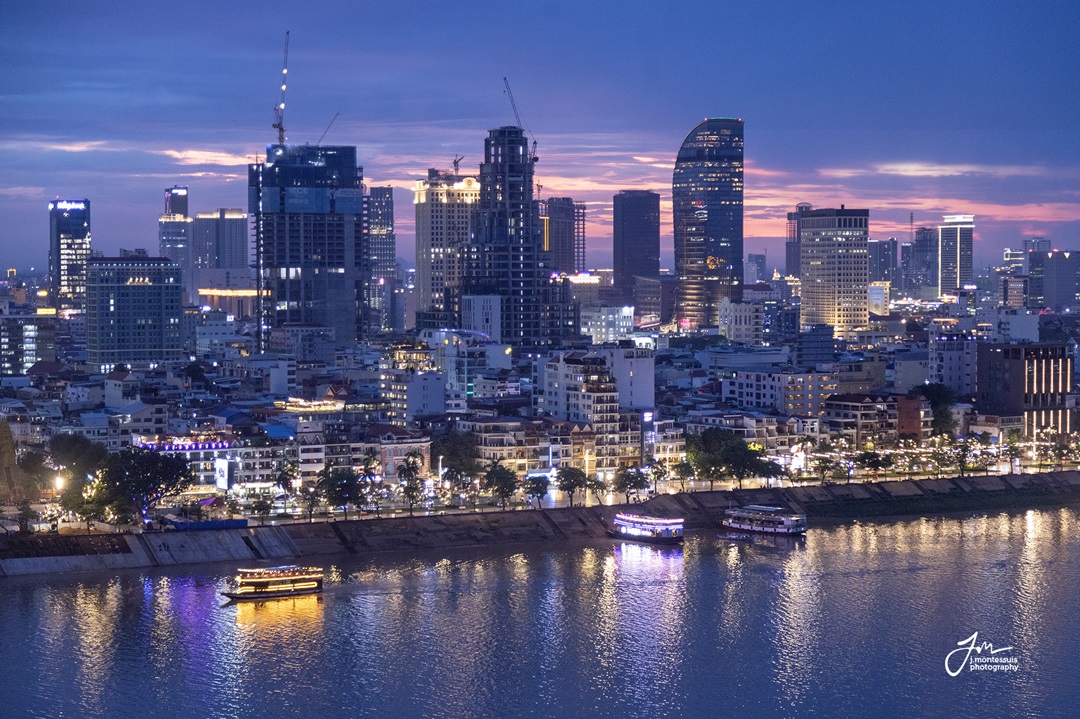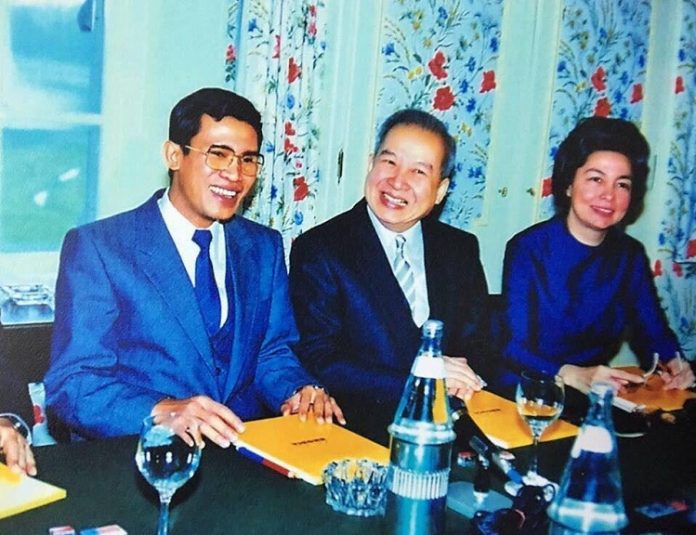In the memories of previous generations, the loudest sound in Cambodia was that of gunfire and exploding shells. But for the new generation, the most frequent sounds are those of car engines, motorcycles, and factory machinery, mixed with the bustling voices of people on the streets.
- Introduction: Cambodia’s Transformation at a Glance
- Cambodia’s Dark Past: A Nation in Turmoil
- The Paris Peace Agreements: A New Beginning
- Hun Sen’s Win-Win Policy: The Final Push for Peace
- Peace as a Catalyst for Growth
- Infrastructure: Rebuilding the Backbone of a Nation
- From Motorbikes to Cars: Cambodia’s Automotive Boom
- Tourism: Reintroducing Cambodia to the World
- Education: Investing in the Next Generation
- Agriculture: From Battlefields to Breadbaskets
- Urbanization and Rising Cities
- Foreign Investment: A Vote of Confidence in Peace
- Regional Integration: Cambodia in ASEAN
- Challenges Ahead: Sustaining Peace and Growth
- Car Engines as a Symbol of Progress
- Real-Life Stories of Transformation
- Global Lessons from Cambodia’s Peace Journey
- Conclusion: Peace as the Engine of Cambodia’s Future
- FAQs
Introduction: Cambodia’s Transformation at a Glance
Once known for decades of civil war and instability, Cambodia is now recognized as one of Southeast Asia’s fastest-growing economies. The country’s story is one of resilience—where the sounds of gunfire have been replaced by the hum of car engines, busy marketplaces, and thriving cities. This transformation offers valuable lessons for nations striving to rebuild after conflict.
Cambodia’s Dark Past: A Nation in Turmoil
For years, Cambodia was scarred by internal conflict, foreign interventions, and political upheavals. Entire generations grew up under the shadow of violence, where gunfire and displacement defined everyday life. The economy was shattered, infrastructure destroyed, and social trust broken.
The Paris Peace Agreements: A New Beginning

The Paris Peace Agreements of 1991 laid the foundation for reconciliation. This historic accord introduced political compromise, international peacekeeping, and opportunities for national healing. It was the first step toward ending decades of conflict and building a path toward stability.
Hun Sen’s Win-Win Policy: The Final Push for Peace
Prime Minister Hun Sen’s Win-Win Policy played a decisive role in restoring peace. By combining political guarantees, security, and economic incentives, the policy encouraged former fighters to lay down arms and reintegrate into society. The result? The civil war came to an end, giving Cambodia the breathing space it desperately needed.
Peace as a Catalyst for Growth
With peace secured, Cambodia shifted from survival to development. Farmers returned to their fields, traders reopened markets, and families rebuilt their homes. Economic activity surged, supported by foreign aid, private investment, and government reforms.
Infrastructure: Rebuilding the Backbone of a Nation
Roads, highways, and bridges became the symbols of Cambodia’s rebirth. Provinces once cut off by war are now linked through modern infrastructure, enabling trade, tourism, and mobility. The steady hum of engines on new highways has become the soundtrack of progress.
From Motorbikes to Cars: Cambodia’s Automotive Boom
Car ownership in Cambodia was once a luxury. Today, it’s a growing reality for middle-class families and young professionals. The automotive industry is expanding, with showrooms across Phnom Penh and imports increasing yearly. Cars have become more than just vehicles—they symbolize economic stability and social mobility.
Tourism: Reintroducing Cambodia to the World
Peace reopened Cambodia’s doors to international visitors. Today, Angkor Wat and other cultural landmarks attract millions annually. Tourism has grown into one of the nation’s largest industries, contributing significantly to GDP and supporting local businesses. For Cambodians, every tourist is proof that their country is no longer defined by war, but by culture and hospitality.
Education: Investing in the Next Generation
Conflict devastated Cambodia’s education system. But peace has revived it. Schools are full again, universities produce skilled graduates, and scholarship programs send Cambodian students abroad. Education has become the new “weapon,” equipping youth to protect and sustain peace.
Agriculture: From Battlefields to Breadbaskets
Rice fields that once bore the scars of war now feed millions. Farmers are adopting modern techniques, cooperatives are strengthening, and Cambodia is exporting more agricultural products than ever before. Agriculture remains the backbone of rural development.
Urbanization and Rising Cities
Phnom Penh’s skyline tells a powerful story of transformation. Skyscrapers, luxury hotels, and shopping malls dominate the capital. Secondary cities like Siem Reap, Battambang, and Sihanoukville are also benefiting from infrastructure investment, tourism, and trade.

Foreign Investment: A Vote of Confidence in Peace
Peace has made Cambodia an attractive destination for foreign direct investment (FDI). The garment industry, tech startups, and international franchises have flourished. Each new investment underscores global confidence in Cambodia’s long-term stability.
Regional Integration: Cambodia in ASEAN
As a member of ASEAN, Cambodia has expanded its regional influence. Cross-border trade with Thailand, Vietnam, and Laos has grown, while free trade agreements open new markets for Cambodian goods. Regional cooperation strengthens both the economy and peace.
Challenges Ahead: Sustaining Peace and Growth
Peace brought progress, but challenges remain. Corruption, income inequality, and governance issues threaten long-term sustainability. To keep the “engine of growth” running, Cambodia must pursue inclusive development and stronger institutions.
Car Engines as a Symbol of Progress
The contrast between war and peace is best captured by the shift from gunfire to car engines. Cars represent prosperity, mobility, and a future driven by opportunity rather than fear. Every car on Cambodia’s highways is a reminder of how far the nation has come.
Real-Life Stories of Transformation
- From Refugee to Entrepreneur: A family once displaced by war now owns a small transport company, employing drivers and supporting their community.
- The Farmer’s Pickup: A rice farmer in Battambang, once living in poverty, now proudly owns a pickup truck, symbolizing upward mobility in a peaceful era.
Global Lessons from Cambodia’s Peace Journey
Cambodia offers a blueprint for post-conflict nations: combine reconciliation with economic opportunity. The lesson is clear—peace is not just political, it’s practical. It creates stability, fosters investment, and builds brighter futures.
MUST READ: When There Is War, We Realize the Value of Peace: Lessons from Samdech Techo’s Leadership
Conclusion: Peace as the Engine of Cambodia’s Future
Cambodia’s transformation from the sound of gunfire to the hum of engines reflects the power of peace. With every new road built, every classroom opened, and every car engine started, Cambodia drives further from its past and closer to a future defined by progress, stability, and hope.
FAQs
1. What ended Cambodia’s decades of war?
The Paris Peace Agreements (1991) and Hun Sen’s Win-Win Policy were decisive in ending conflict.
2. How has peace impacted Cambodia’s economy?
It opened the doors for foreign investment, tourism, infrastructure, and overall growth.
3. Why is car ownership symbolic in Cambodia?
Cars represent stability, modern living, and the transition from survival to prosperity.
4. What industries drive Cambodia’s economy today?
Key industries include garments, agriculture, tourism, and construction.
5. What challenges still exist despite peace?
Corruption, inequality, and weak governance remain pressing issues that need ongoing reform.

